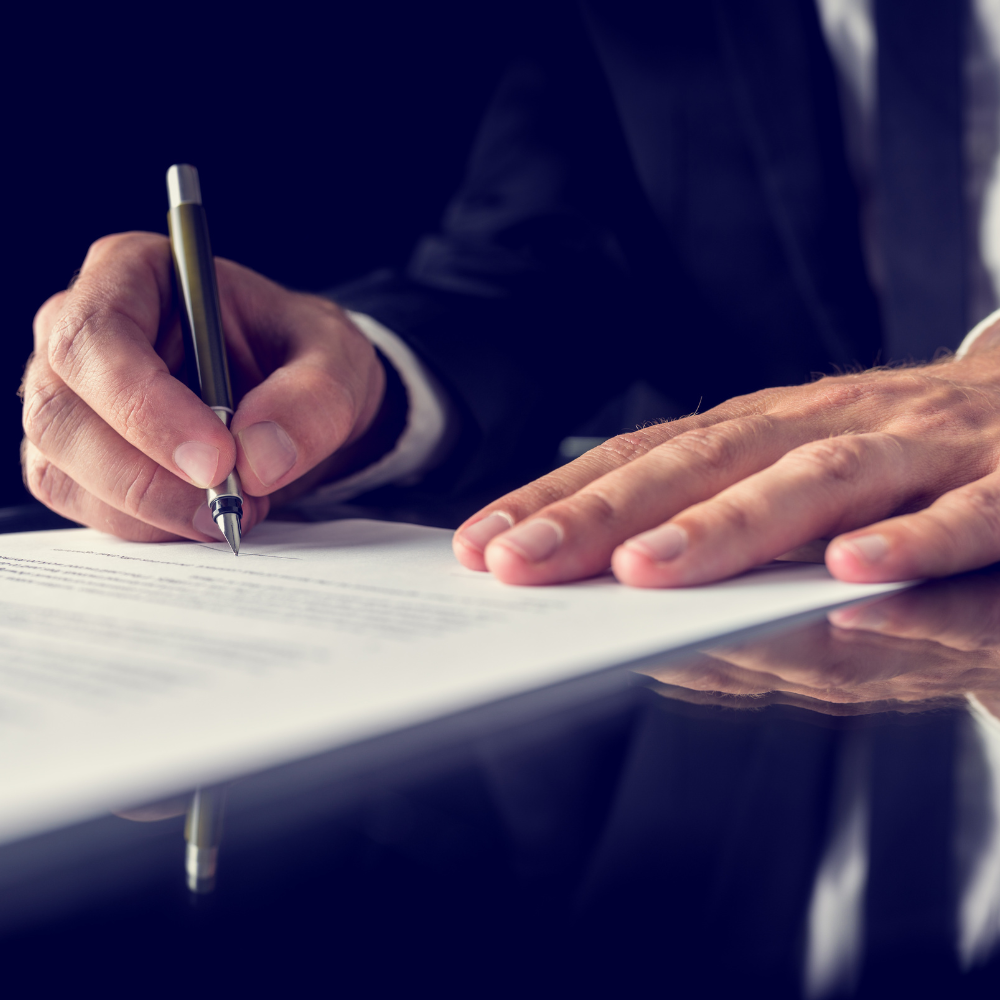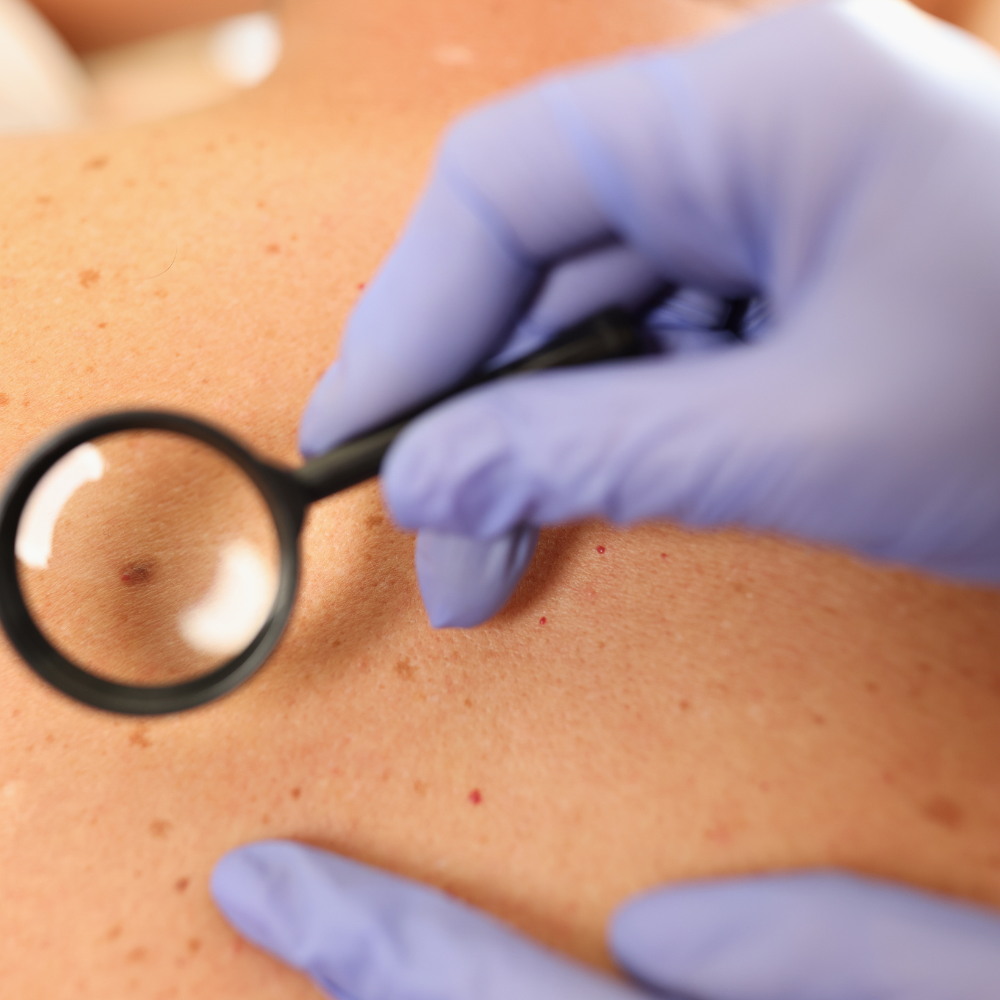
Mitigate the consequences of a stroke with magnetic pulses
About one in 40 people in this country will experience a stroke in their lifetime. About 70% of those affected remain paralyzed in the legs or arms after the incident. A new therapy aims to mitigate the consequences of a stroke through personalized brain stimulation.
A German task force from the Hertie Institute for Clinical Brain Research and University Hospital Tübingen led by neurologist Professor Dr. Ulf Ziemann presents a new treatment option to reduce paralysis after stroke.
Available treatments have only moderate success
In order to combat paralysis after a stroke, attempts are currently being made to use physiotherapy to train the paralyzed parts of the body. Treatments stretch over months or even years - but the success is often poor.
As part of an ongoing study, funded with 1.6 million euros by the Federal Ministry of Education and Research, a new therapy for paralysis after stroke is to be tested, which could revolutionize the norm.
How does brain stimulation work?
“In the study, we use transcranial magnetic stimulation, or TMS for short,” reports Dr. Anne Aime. According to her, it is a non-invasive, painless and uncomplicated procedure that has been the subject of much research.
During treatment, gentle magnetic pulses stimulate brain cells to make new connections to replace broken ones. In the research team's new approach, the treatment effect was further enhanced by precisely tailoring the method to the brain condition of those affected.
First, the patient's state of wakefulness is recorded in real time using an electroencephalogram (EEG). In this way, the magnetic pulses coupled to the EEG can be tuned to an optimal time.
“Thanks to this so-called closed-loop method, we have already been able to successfully treat paralysis of the hand or arm in stroke patients,” confirms the head of the study, Ziemann.
The procedure is now being tested for the first time in an acute state
The procedure has so far only been used several weeks to months after a stroke. In the current study, personalized brain stimulation is to be used for the first time directly in the acute phase of a stroke.
“A lot is happening in the brain in the first few days after a stroke. By starting therapy early, we hope to achieve the best possible success,” says Professor Ziemann.
Initially, 70 patients will be treated with the new method. Another 70 participants will be treated with conventional therapies as a control group.
Brain stimulation could become the new normal
“If personalized brain stimulation proves effective in the acute phase after stroke, our goal is for it to be included as a standard treatment method in the future,” summarizes Ziemann.
"If the therapy reduces the symptoms of paralysis, it is not only a ray of hope for those affected and their loved ones, but also relieves the health system in the long term", underlines the research director in conclusion. . (vb)
Author and source information
Show nowThis text corresponds to the requirements of the specialized medical literature, medical guidelines and current studies and has been verified by health professionals.
Author:
Graduate editor (FH) Volker Blasek
Sources:
Hertie Institute for Clinical Brain Research: Personalized brain stimulation to alleviate paralysis after stroke (published June 22, 2022), hih-tuebingen.deImportant Note:
This article contains general advice only and should not be used for self-diagnosis or treatment. It cannot substitute a visit to the doctor.



